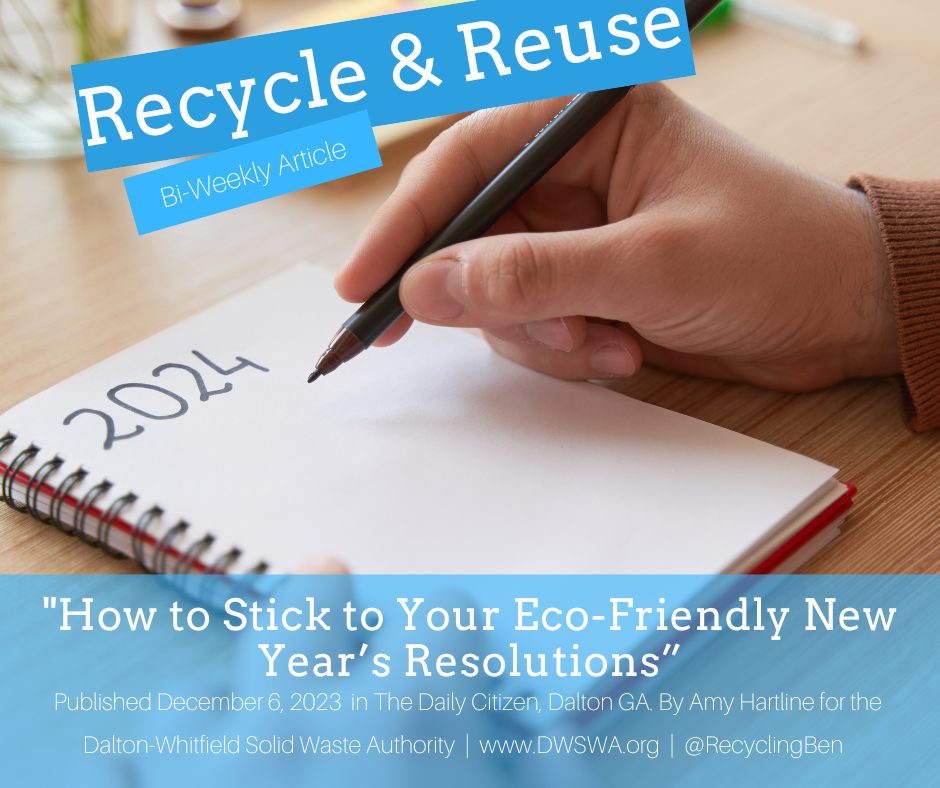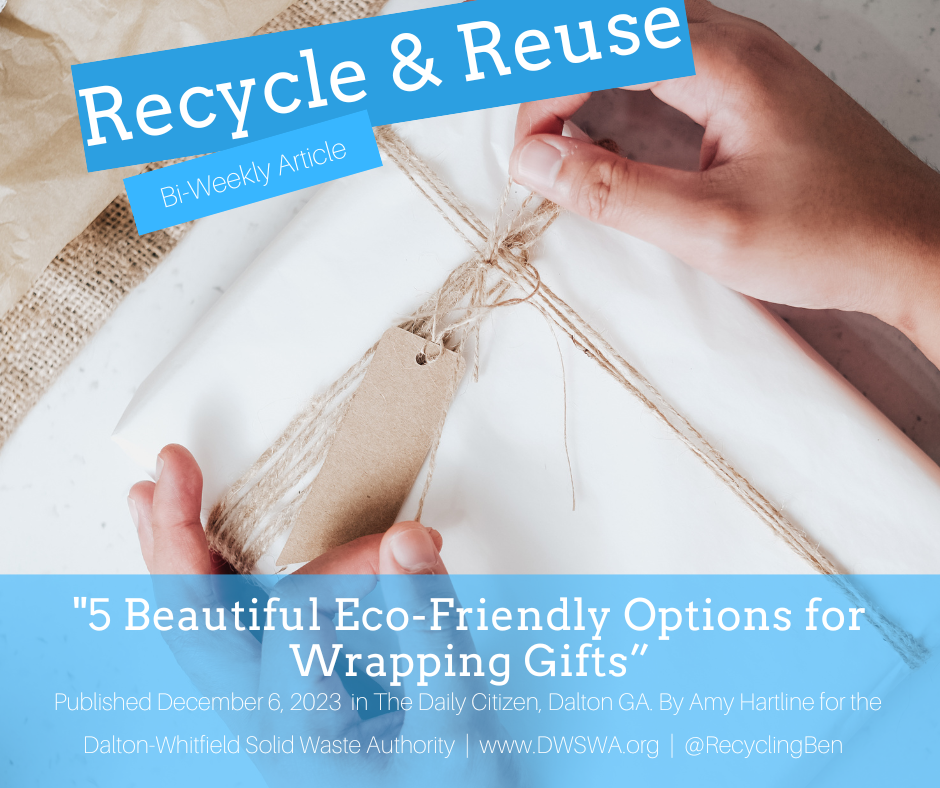Fall. The Perfect Time to Compost
/Leaves make the perfect addition to your compost bin and make fall one of the best times to try out composting for the first time
Autumn is the perfect time to try out composting for the first time. While it may not feel like fall quite yet with eighty-degree temperatures, it officially began on September 21st. This time of year makes it easy to access carbon-rich materials to add to your compost for the correct balance. Composting is nature’s way of recycling organic materials back to a new product to use.
Gardeners refer to compost as “black gold” because it keeps food scraps and organic waste out of the landfill while allowing nature to recycle them into a nutritious soil amendment. Items that can be added to your compost pile include coffee grounds, tea bags, fruit and vegetable scraps, leaves, and grass clippings.
Composting can easily be started in your backyard by combining landscape trimmings and food scraps in a compost bin. Nature takes care of the rest, producing a nutrient-rich soil amendment through the decomposition process after several months.
Compost producing bins are filled with a combination of “brown” materials, “green” materials, and water for moisture. Brown materials include paper, cardboard, and dry yard waste like dry leaves, small branches, and straw. Greens include wet yard waste like fresh grass clippings, green leaves, as well as food scraps like vegetable and fruit peels, coffee grounds, and bread. Each category provides the nitrogen and carbon needed for nature’s recycling process to begin. If you are struggling to find the right balance, it’s better to add in more “brown” material because it will keep away bad odors. When the material at the bottom of the bin is dark and rich in color and has no remnants of food or yard waste, the compost is ready to use.
Sometimes people can struggle to have enough brown material for composting. This is why fall is the perfect time to begin. At any time you can scoop up some fallen leaves to place in your current compost pile and you can even bag some to save for 2019 when it won’t be as easy to get a hold of any leaves.
To begin composting you will need a bin. You can buy bins online, hardware stores, or even try your hand at a DIY bin. DIY bins have been made from all-purpose buckets with lids and even garbage cans. When choosing a bin consider what size space you will be placing it in outside, air flow for decomposition, and draining. The recommended size for compost piles is larger than 3 feet high and smaller than 5 feet. This allows it to heat up efficiently, but not hold too much water.
Once you’ve chosen your bin, choose its location. Because we live in a warmer and more humid environment, some shade is useful so that the compost pile does not dry out. Partial sun is perfect for a compost pile. You also want to choose a spot that is easy for you to get to with scraps and makes it simple for you to move your finished compost to your garden.
Finally, you can start adding your scraps. Your kitchen scraps will count as the “green” material and the fall leaves you add in count as “brown” material. Add a small amount of water to your compost so the moisture can help everything break down unless your scraps are already wet enough. You know it is the right mix when your compost has an earthy smell. Make sure not to add in dairy or animal products because these can mess with the smell and attract pests.
Wait a few weeks and turn the compost once a week or every two weeks with a shovel or garden fork. Break up any big pieces into small pieces. By spring your compost will be ready to add into your garden for nutrient-rich soil for your plants.
































